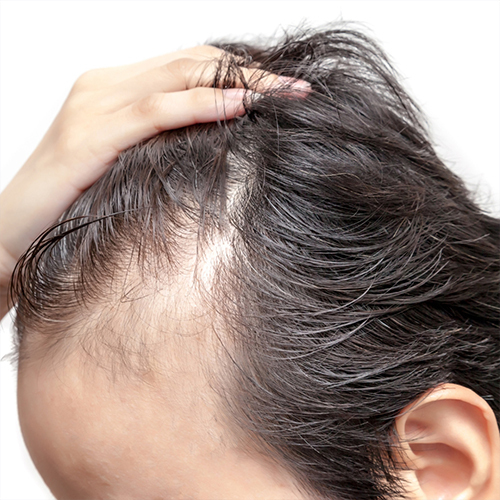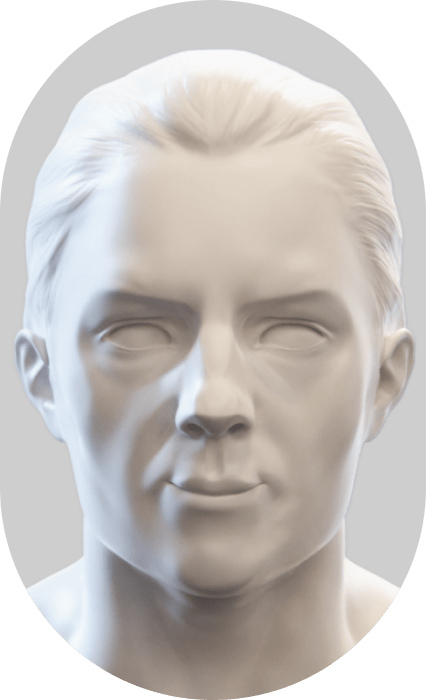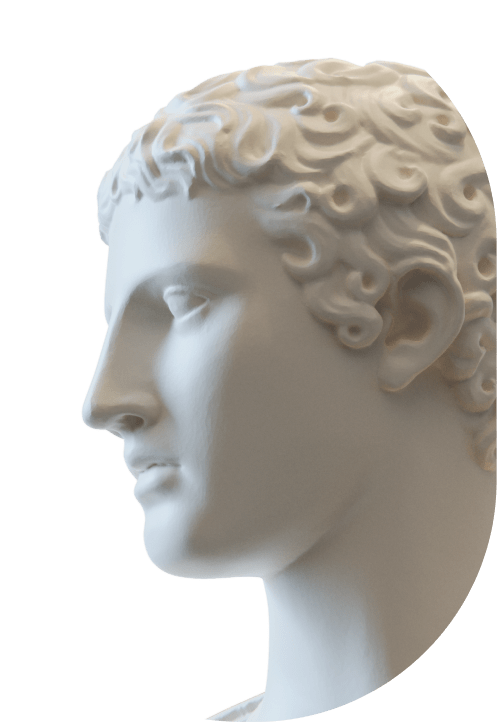Traction Alopecia
Traction alopecia is preventable, but while you’re going through it, it’s difficult to see recovery and hair regrowth. Traction alopecia occurs due to the continued use of chemicals and hairstyles that pull on the roots of your hair until it eventually falls out. Caught early by the experts at Linkov Hair Surgery in New York City, the condition is reversible. But if your hair loss is permanent, this hair restoration top doctor offers a wealth of solutions, including a traction alopecia hair transplant that gives you permanent results in a few months. Call today to see if you’re eligible for the procedure.

What Is Traction Alopecia?
Traction alopecia is a type of hair loss resulting from chronic or repetitive tension on your hair. The recurrent pulling force leads to hair loss, as well as physiological and psychological effects. If you wear your hair tightly for a long time, you may notice increasing hair loss along your hairline.
For traction alopecia, hair loss is gradual and may become difficult to reverse without advanced hair loss treatments. Visit Linkov Hair Surgery in New York City for an expert hair restoration doctor, who offers outstanding hair loss treatments for men and for women. This hair restoration specialist uses a combination of state-of-the-art hair restoration methods, such as:


Am I Suffering from Traction Alopecia?
Traction alopecia differs from other forms of alopecia, which is the clinical name for hair loss, because you only lose the hair that’s affected by extreme pulling. At Linkov Hair Surgery, your NYC hair restoration specialist conducts an in-depth conversation about your medical and family history. An exam reveals symptoms of the hair loss condition, which may include:
- Tiny bumps that look like pimples on your scalp in the early stages
- Scaling and itching on your scalp
- Stinging or soreness
- Inflammation of the hair follicles
- Redness of your scalp
- Blisters on your head, some of which contain pus
- Poor hair growth
- Scarred hair follicles
- Temporary hair loss, which becomes permanent if you don’t change your hairstyle
- Missing and broken hairs along your hairline
- Symmetric hair loss
- Hair loss on the front and sides of your scalp
- Hair loss on affected parts of your scalp other than the hairline, depending on your hairstyle
During your initial consultation with a top doctor in hair restoration, you most likely notice if you’re wearing a style that may cause you to seek a traction alopecia hair transplant. You’re tested for other potential underlying medical conditions that may lead to hair loss or at least compound the problem.
What Causes Traction Alopecia?
Any hair styling or grooming practice that stresses your hair may cause traction alopecia. Bald spots and spotty hair loss eventually appear with these practices, although sometimes not for years. Some specific causes of the hair loss problem include:
- Traction and friction required to attain some hairstyles, such as ponytails and cornrows, tight braids and dreadlocks
- Aggressive combing and brushing everyday
- Tugging at your hair throughout the day
- Tight hairpieces
- Tape or glue-attached hair weaves or wigs
- The daily use of headbands
- Overuse of hair rollers
- Daily use of cycling helmets or tight headgear that rubs the same length of hairline
- Use of hair-holding devices such as pins, hair bands and clips in the same place every day
- Trichotillomania, a condition characterized by repeated pulling of your hair
Nervous habits, anxiety and obsessive-compulsive disorders can lead to certain behaviors that cause traction alopecia. Other conditions, like stress and hormonal imbalances, can also contribute to your hair loss.

Is Traction Alopecia Treatable?
Traction alopecia only attacks hairs affected by repeated pulling. You can reverse the hair loss if you notice the symptoms early, before you do permanent damage to the hair roots. The best hair restoration doctors use a multi-disciplinary approach to traction alopecia hair treatment that begins with stopping the cause followed by treatments that may include:
Injections of corticosteroids If you suffer severe traction alopecia, your hair restoration specialist may recommend corticosteroid injections to reduce inflammation
Hair loss medications A medication such as minoxidil, finasteride, spironolactone or nutraceuticals can stimulate regrowth of fuller hair
A traction alopecia hair transplant If you have a scarring type of alopecia, hair transplantation is one of the most effective treatments. A top hair transplant doctor may recommend an advanced procedure, such as a follicular unit extraction, a follicular unit transplantation or a NeoGraft hair transplant
A hair replacement system Wigs and hairpieces that look and feel natural are especially effective if you catch traction alopecia in the early stages when hair has a chance of regrowing to its previous fullness. Your Manhattan hair restoration doctor creates the perfect solution to get you through your recovery phase
Prevention, however, is the best solution. Your NYC doctor explains how to prevent hair loss in the future with tips to keep your natural hair growing and healthy. Tips for preventing traction alopecia include:
Avoiding heat treatments Some hairstyles require heat treatments to maintain. The excessive heat for the styling breaks brittle hairs and damages your scalp further, leading to hair loss
Changing your hairstyle Stop using hairstyles that pull on your hair. Instead, wear your hair in a loose style. Alternate between different hairstyles to prevent persistent damage to hair in one place
Avoiding rubber bands Rubber bands stretch your hair to the extreme and may pull your hair out, causing permanent hair loss
Stopping chemical use Reducing the chemicals you use on your hair eliminates further damage to follicles, while stimulating hair growth. Avoid the use of hair relaxers and chemical processing of your hair
Taking breaks between hair systems If you wear wigs or other hairpieces, take breaks from them now and then because consistent use of wigs or weaves may lead to hair damage along the line of hairline
Seeking mental health counselling If you suffer from OCD, anxiety or other mental health disorders that lead to hair pulling, talk about it with a mental health specialist, who may be able to prescribe medication or offer other preventative solutions to your harmful habits
For the best doctor in hair loss treatment and restoration, contact Linkov Hair Surgery in Manhattan for compassionate understanding and guidance so that you can restore your hair to its previous fullness.
Linkov Hair Surgery
150 E 56th St, #1A
New York, NY 10022
(212) 970-9404

